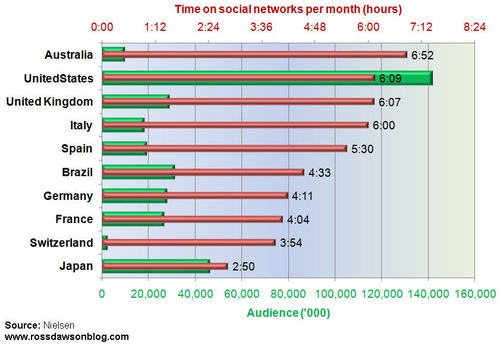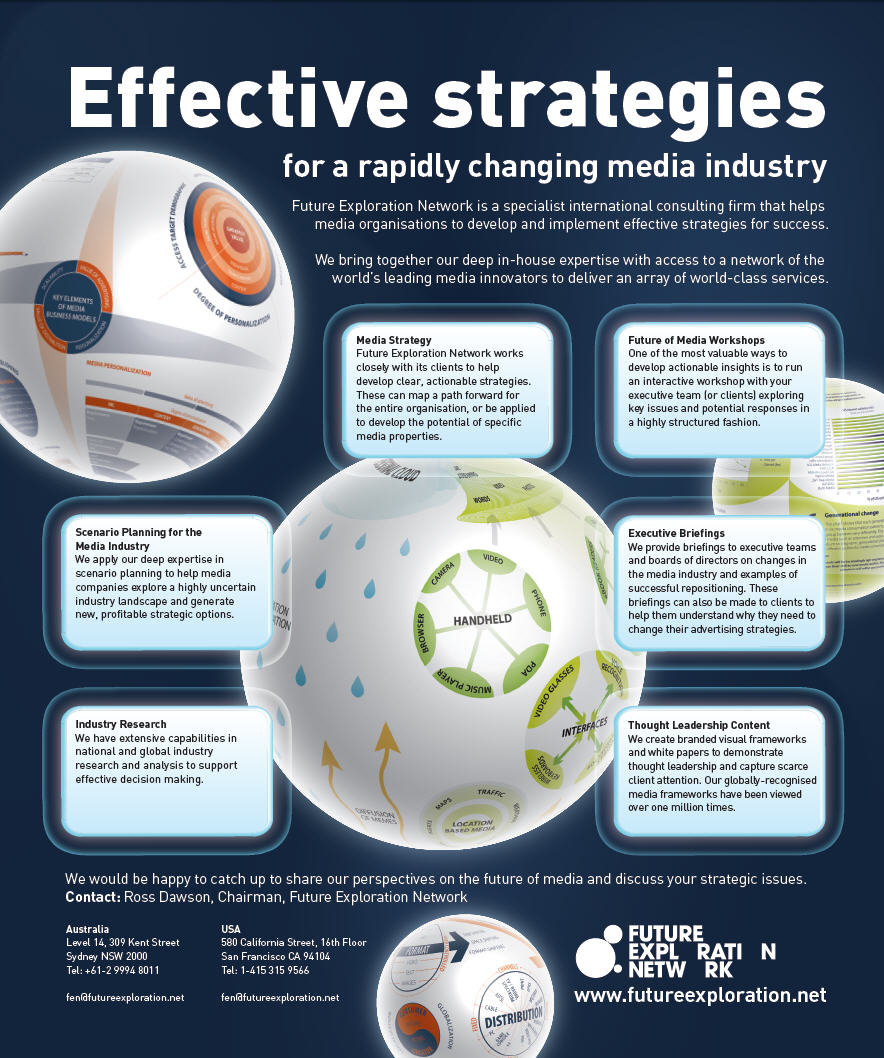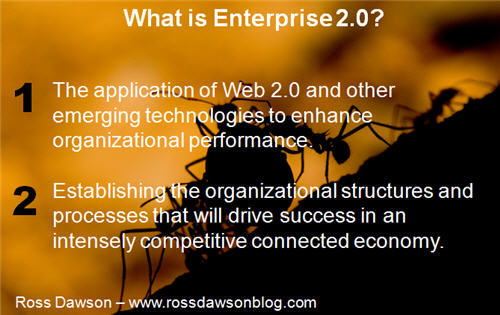Some thoughts on why Australians are #1 globally on social media usage (from a slow start)
Well there are already plenty of opinions flying around and some excellent comments on my post yesterday Australians are #1 globally in usage of social media: Why?, which pointed to new research showing this startling result. I guess it’s time for me to offer some of my thoughts, helped along by the conversation so far. Be sure to read the insightful comments on the topic!
To my mind the question is less why Australians are such heavy users of social media, as why the uptake was so slow initially before a startling acceleration over the last couple of years. Here are a few initial thoughts.
Attitudes about the individual.
One of the most famed aspects of Australian culture is the ‘tall poppy’ syndrome (your head might get lopped off). This has tempered much over the years, but there has still been until recently a relative reticence to stand up and shout out personal opinions (with of course a number of notable exceptions). I felt this contributed to the initial slow uptake by Australians of blogging. Perhaps once enough people are expressing their views on social media, you no longer stand out by blogging and Twittering – you are in a majority and your self-expression is unleashed.




